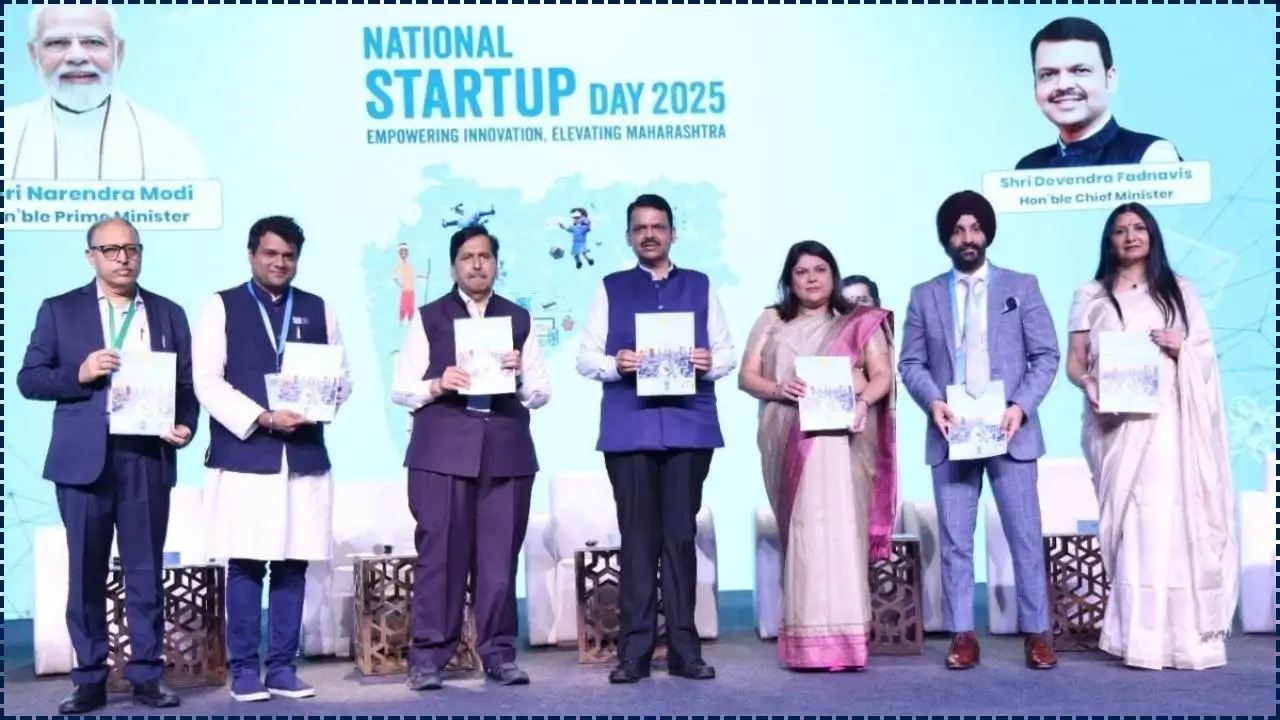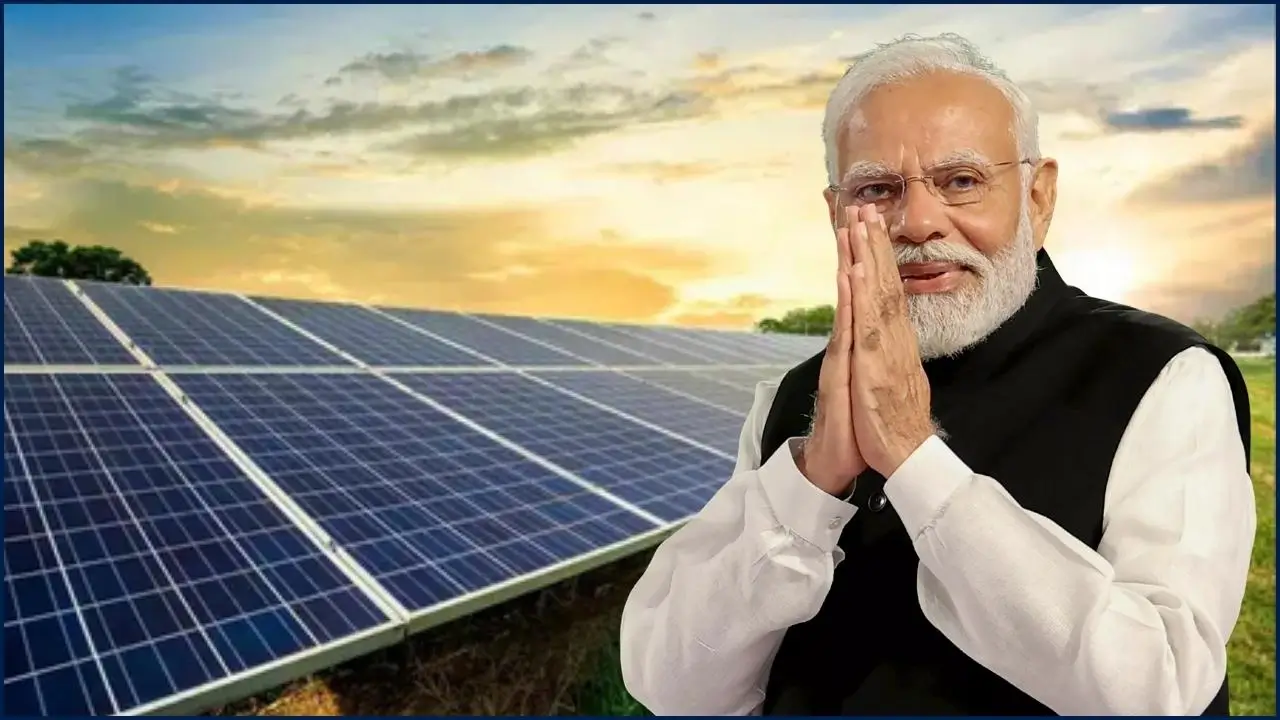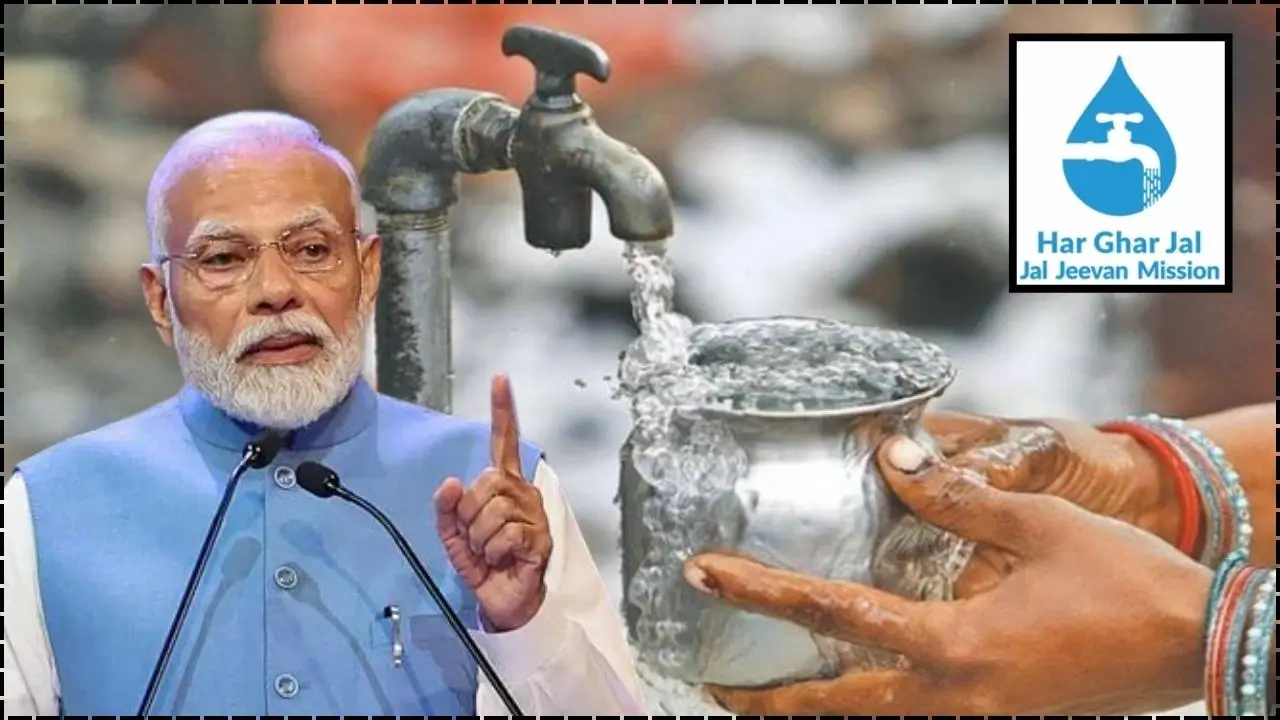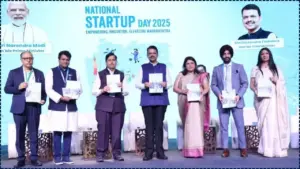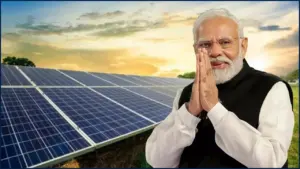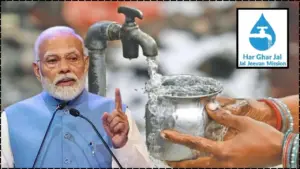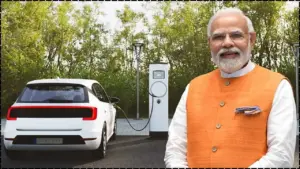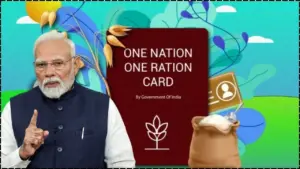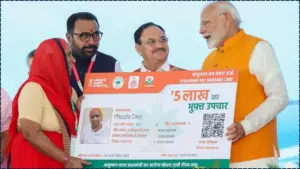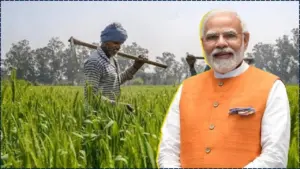Jharkhand’s progress under the Jal Jeevan Mission is significant, with over half its rural households now enjoying direct tap water supply. However, the path to 100 percent coverage by 2028 will require overcoming logistical hurdles, sustaining quality, and ensuring equitable access.
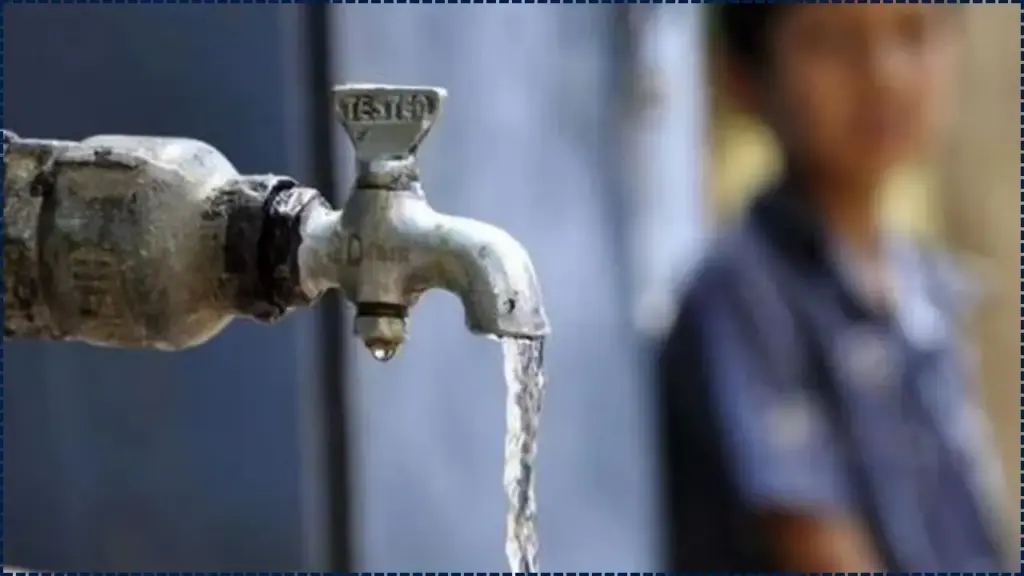
The state’s next steps will determine whether it can deliver safe drinking water to every rural household, fulfilling the mission’s original promise.
Jharkhand has brought piped drinking water to more than 34 lakh rural households under the Jal Jeevan Mission (JJM), covering around 55 percent of its target. The state now aims to reach 100 percent tap water coverage by December 2028, though challenges remain in its diverse and difficult terrain.
What Is the Jal Jeevan Mission?
The Jal Jeevan Mission, launched in 2019 by the Government of India, seeks to provide Functional Household Tap Connections (FHTCs) to every rural household, school, and Anganwadi centre. The scheme is part of a broader national effort to ensure clean, accessible, and reliable drinking water, reducing dependence on wells, hand pumps, and rivers.
For Jharkhand, a state with a large tribal population and scattered settlements, the programme holds particular importance. Many rural communities historically lacked safe drinking water and faced long daily journeys to collect it.
Progress in Jharkhand
Key Numbers
- Total rural households in Jharkhand: 62.5 lakh
- Tap connections provided so far: 34.4 lakh
- Share of households covered: 55 percent
- Villages with full coverage: 6,963 of 29,398
According to state officials, Jharkhand has sanctioned nearly 97,500 water supply schemes. Of these, more than 56,000 have been completed, and over 24,000 are already managed by village committees for operation and maintenance.
Shifting Targets and Timelines
Initially, Jharkhand was expected to provide universal coverage by December 2024. That target has now been revised to December 2028, reflecting implementation delays and ground realities.
State officials argue the revised deadline is realistic. “The scale of infrastructure needed in difficult terrain is immense, but steady progress is being made,” said Alka Tiwari, Chief Secretary of Jharkhand, in a recent briefing.
Challenges Slowing Progress
Terrain and Geography
Jharkhand’s hilly landscape and remote tribal villages make infrastructure projects expensive and complex. Laying pipelines through forests and rocky terrain has slowed progress.
Administrative and Financial Hurdles
Reports point to delayed fund transfers and bottlenecks in handing over completed schemes to village institutions. Without timely transfers, projects risk falling idle.
Sustainability Concerns
Installing taps is not enough; reliable supply requires ongoing maintenance, water quality checks, and trained local operators. In many areas, sustaining flow remains a concern, especially during dry seasons.
Related Links
Checking Your Bihar Scholarship Status Online: Complete Digital Process
How to Apply for a Delhi Caste Certificate Online in Minutes: Step-by-Step Guide
How to Check Your UP Ration Card List Online: Step-by-Step Process for 2025
Government Strategy
With a deep commitment to uplifting rural communities and fostering sustainable progress, Jharkhand has appointed two dedicated engineers in each district to provide heartfelt support, diligently monitoring the implementation of its transformative horticulture initiatives and offering compassionate problem-solving to ensure every farmer’s success.
By clearing more schemes for approval and enhancing oversight through daily reporting mechanisms, the state demonstrates an unwavering resolve to empower its people, particularly those in marginalized areas, with hope and opportunity. This thoughtful approach nurtures a brighter, more inclusive future, where every villager feels valued and supported in cultivating thriving livelihoods and a stronger, greener community.
Efforts are also being made to improve community participation. By transferring completed schemes to Gram Panchayats for maintenance, officials hope to ensure better accountability and local ownership.
Expert Opinions
Experts note the progress but caution against complacency. A researcher from the National Institute of Rural Development observed that “the last 40 percent of coverage is the hardest, as it involves the most remote and logistically challenging villages.”
Civil society organisations have highlighted gaps in maintenance and water quality. They stress that women and children, who are often responsible for collecting water, will benefit most if the schemes succeed in ensuring continuous supply.

